Climate Impacts
How the Climate Crisis Is Affecting National Parks
How the Climate Crisis Is Affecting National Parks
The Worst Threat to Our Parks
Climate change is the greatest threat the national parks have ever faced. Nearly everything we know and love about the parks — their plants and animals, rivers and lakes, glaciers, beaches, historic structures, and more — is already under stress from these changes, which together amount to a state of crisis for our public lands. National parks can help us understand what is at risk if we fail to seriously address the climate crisis.
These 10 examples demonstrate how climate change is affecting the parks, based on NPCA’s analysis of the latest available science. This is an overview of the worst effects, and the research and our understanding of the dangers is continually evolving. What we do know is that all parks are impacted.
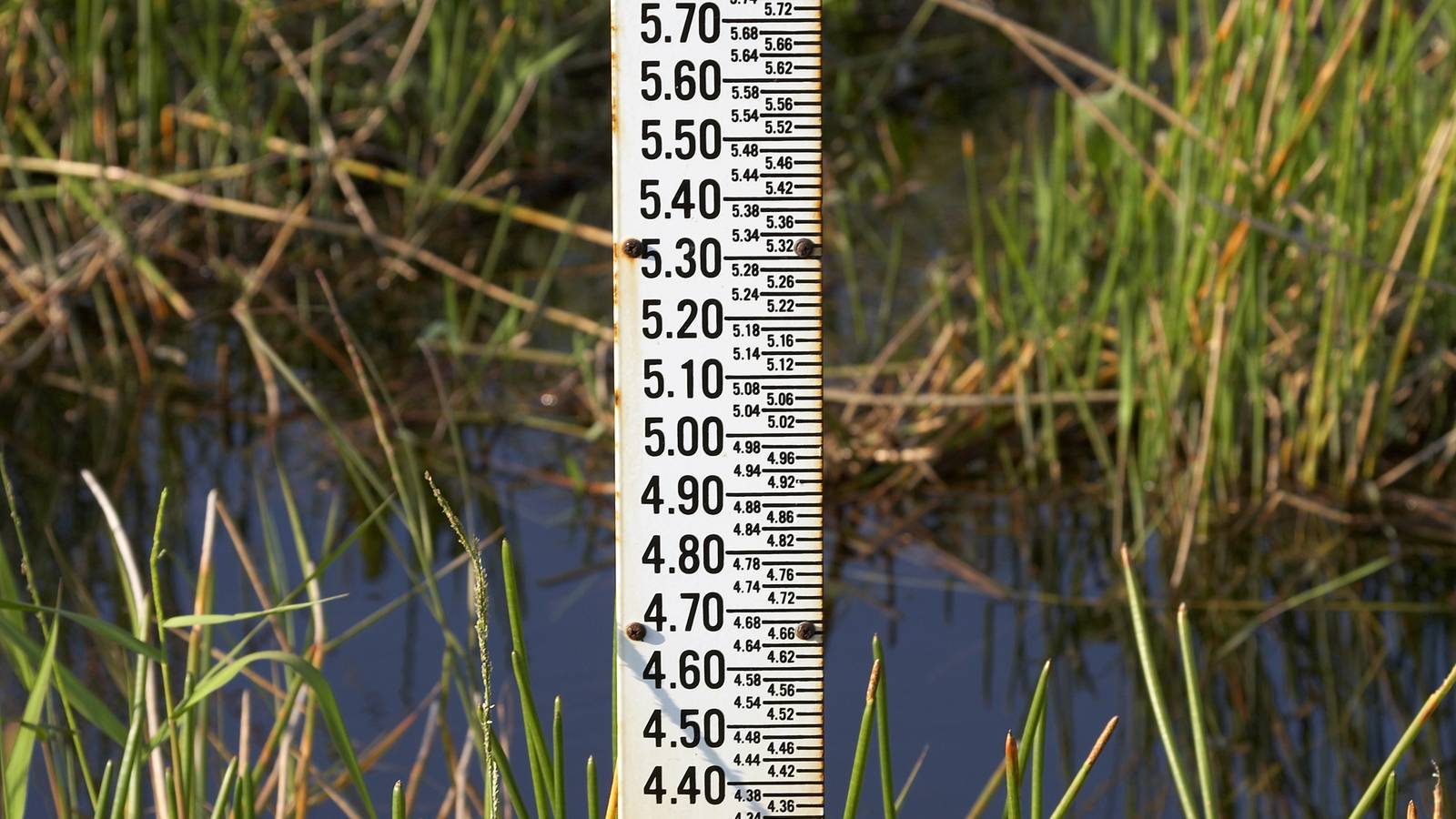
Climate Impact
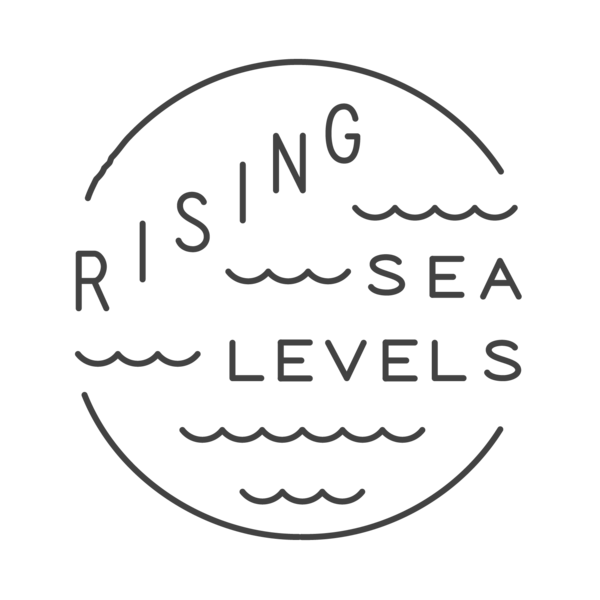
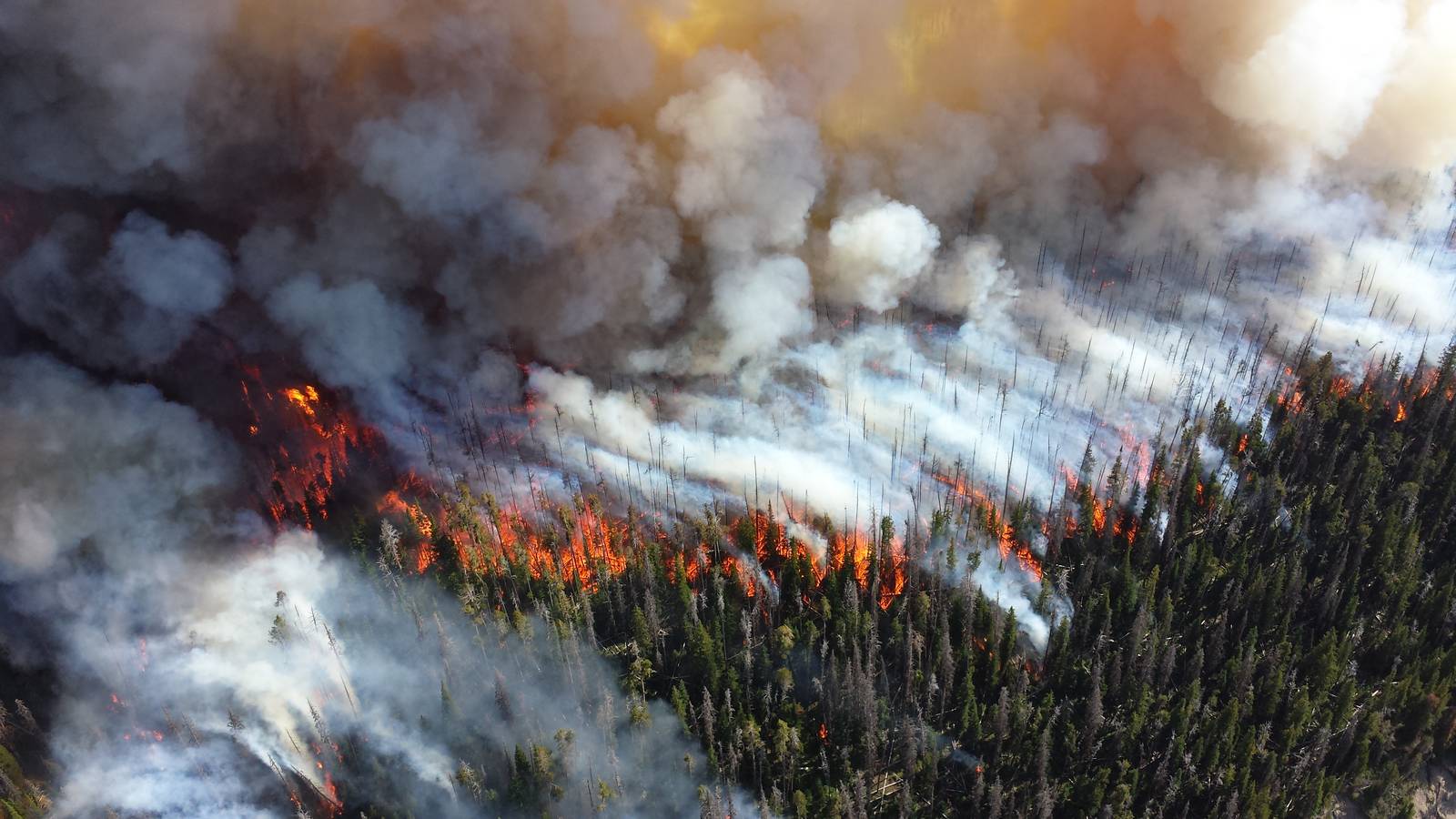
climate impact

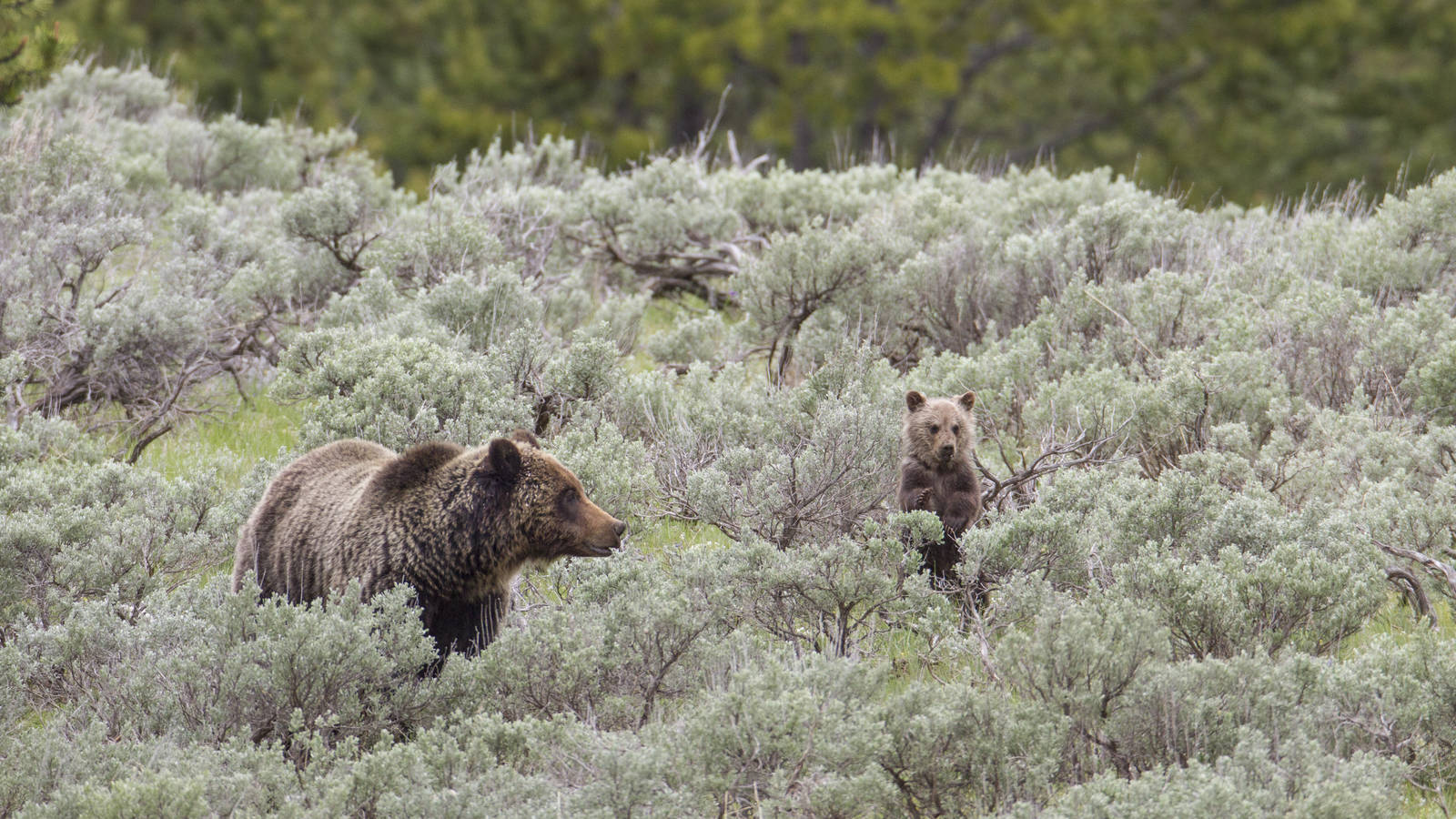
Climate Impact
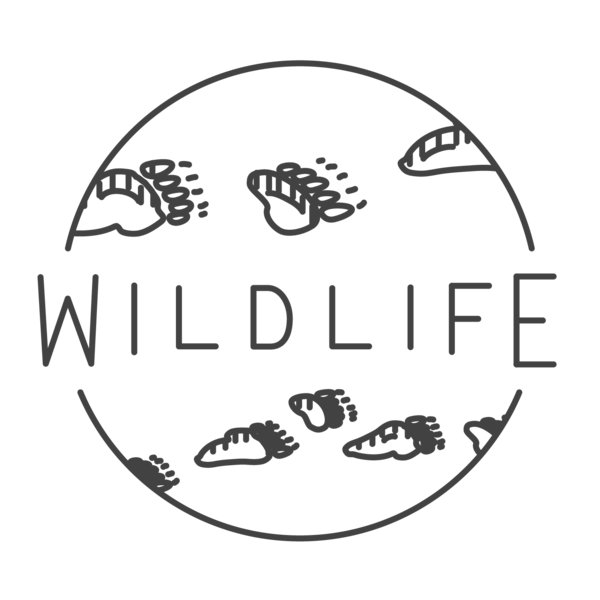

Climate Impact
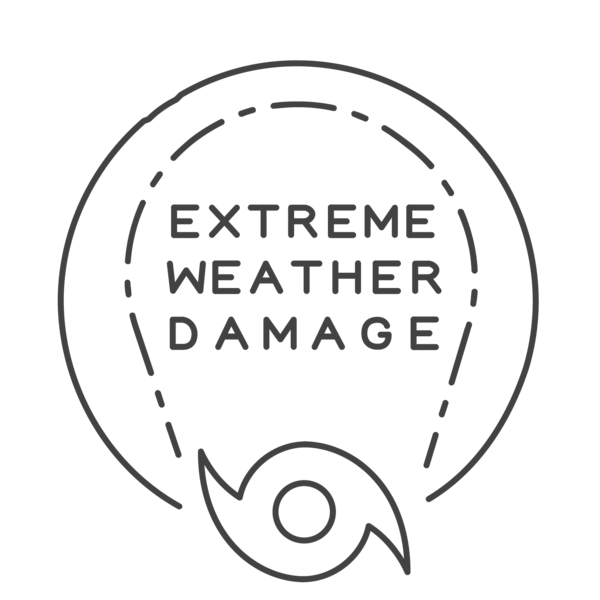
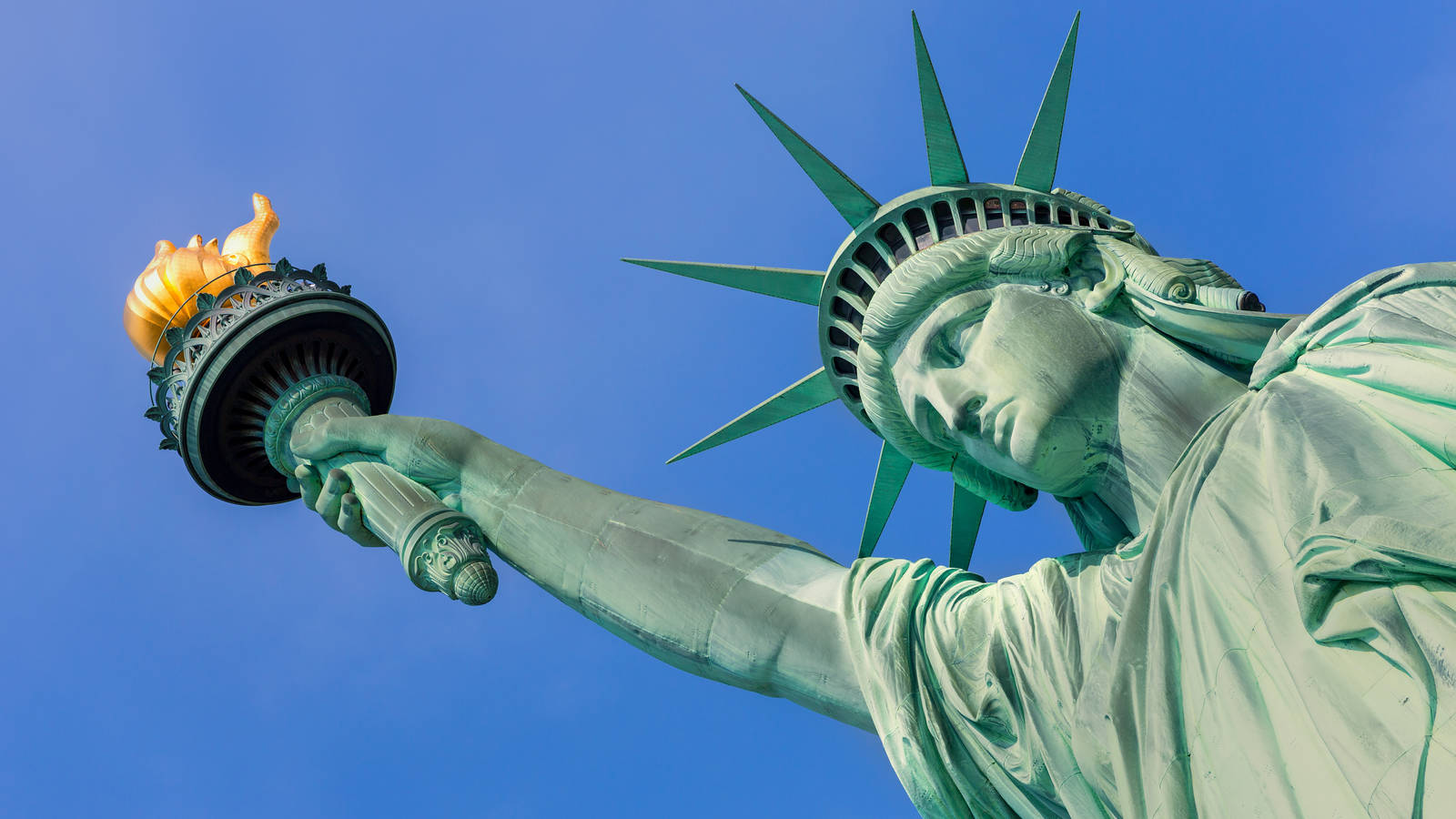
Climate Impact

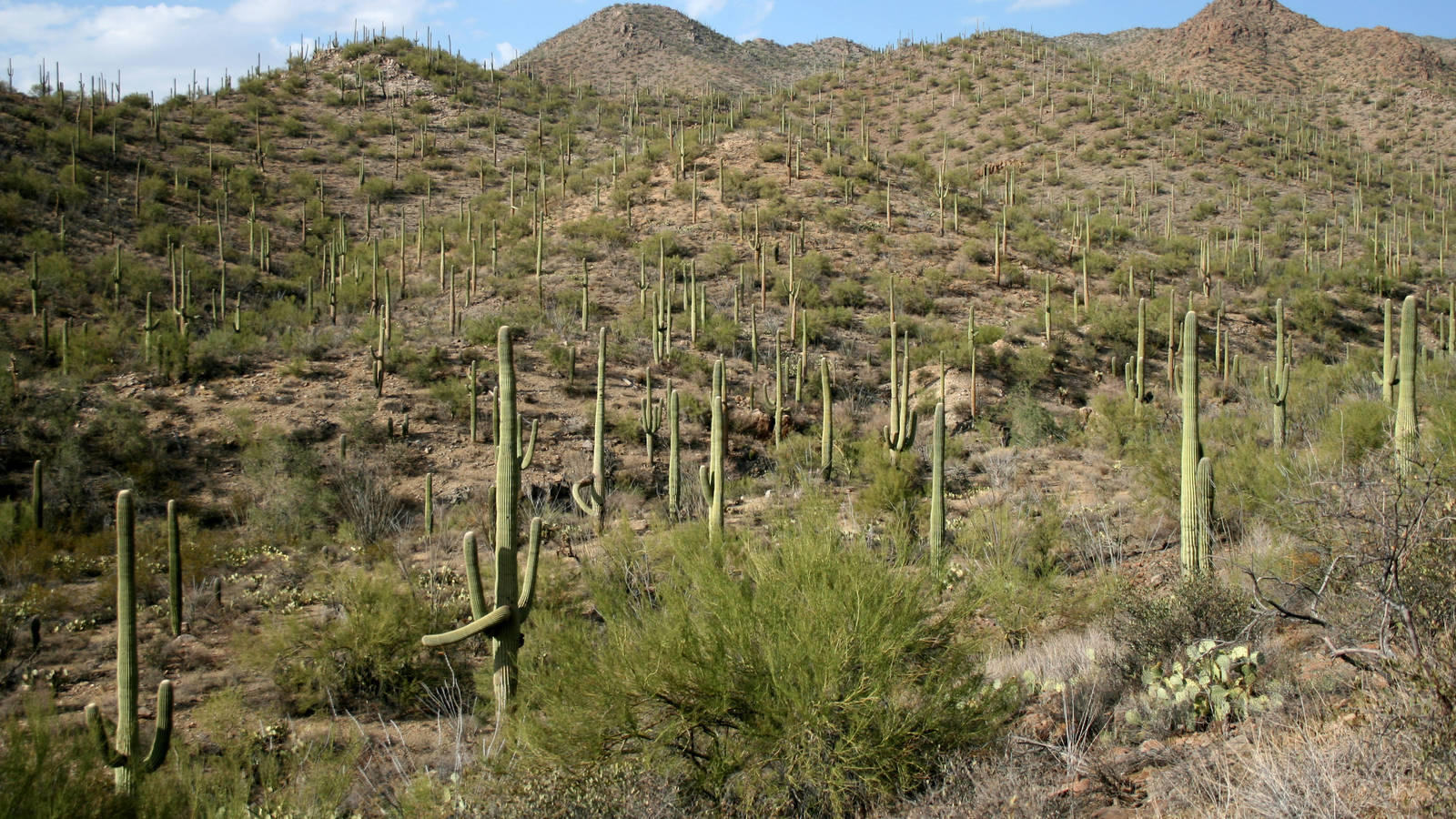
Climate Impact
Drought and Water Availability
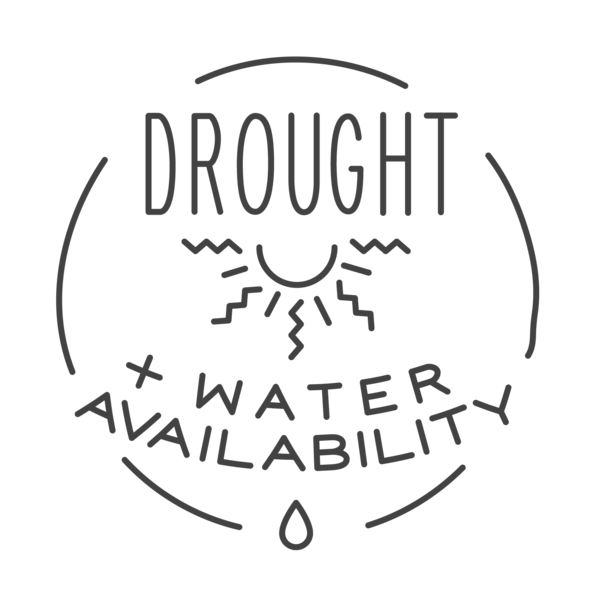

Climate Impact

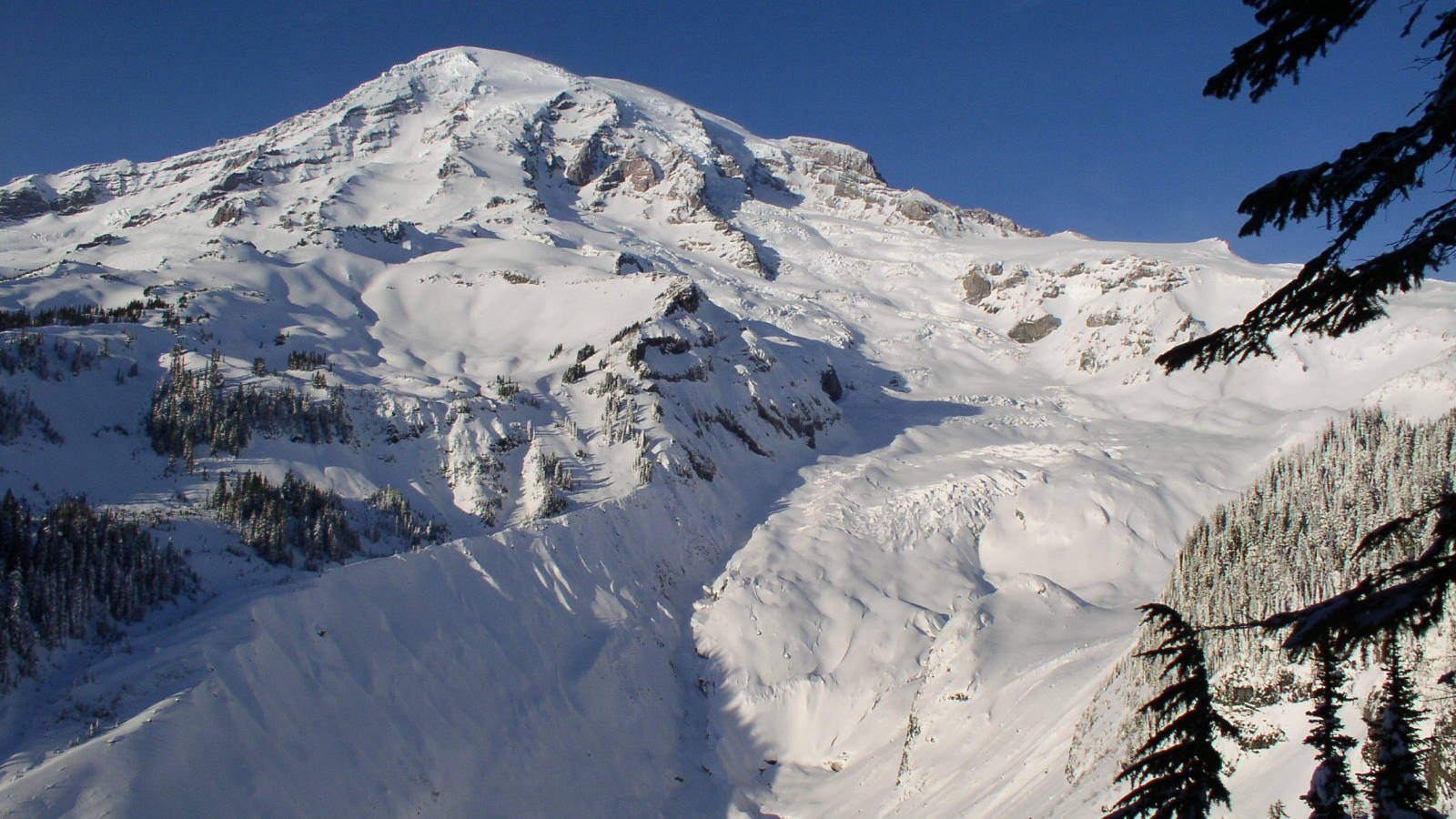
Climate Impact

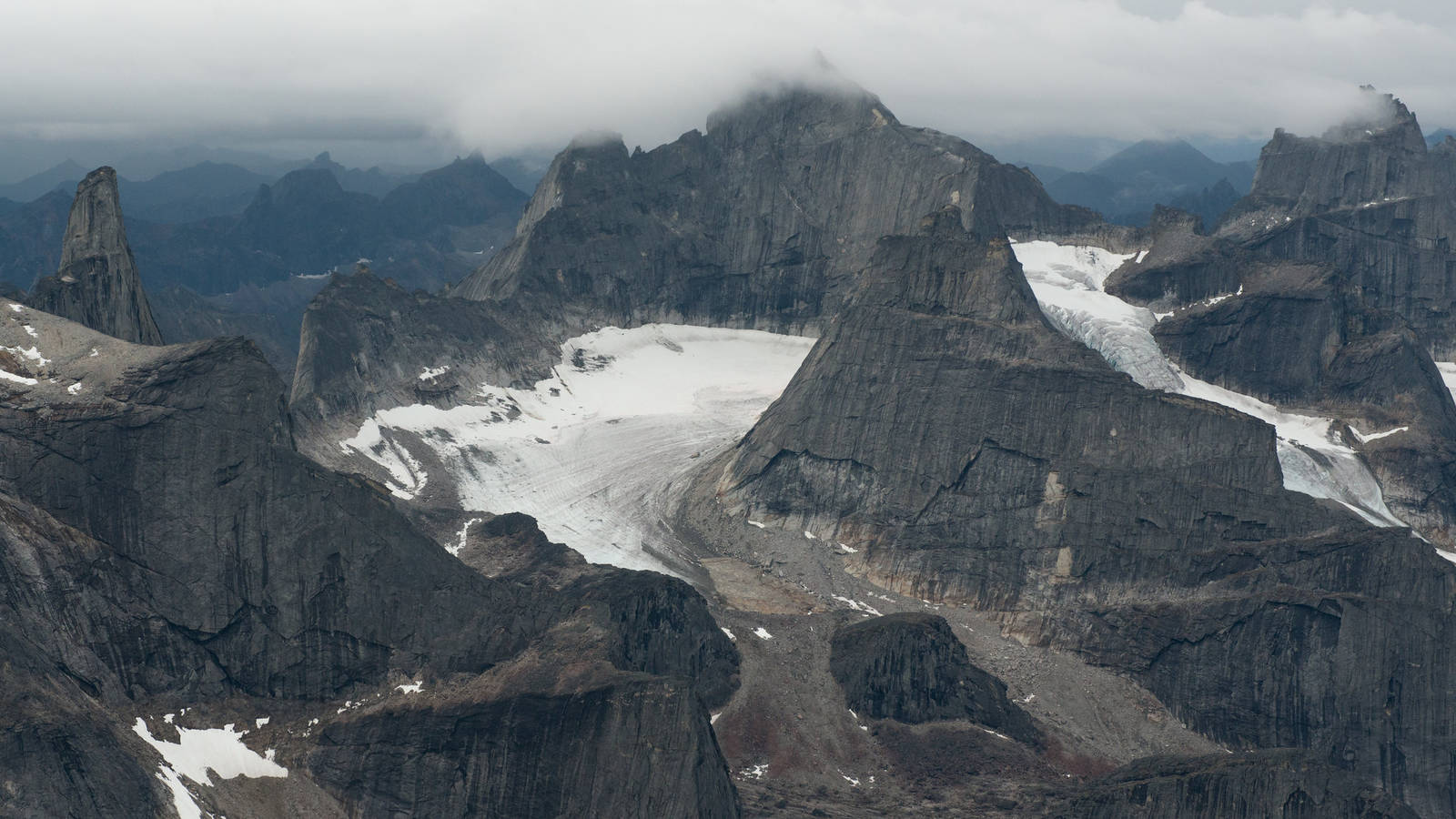
climate impact
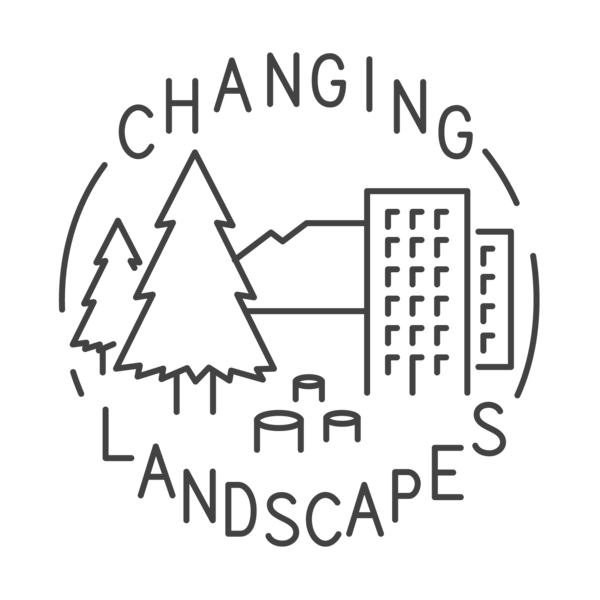
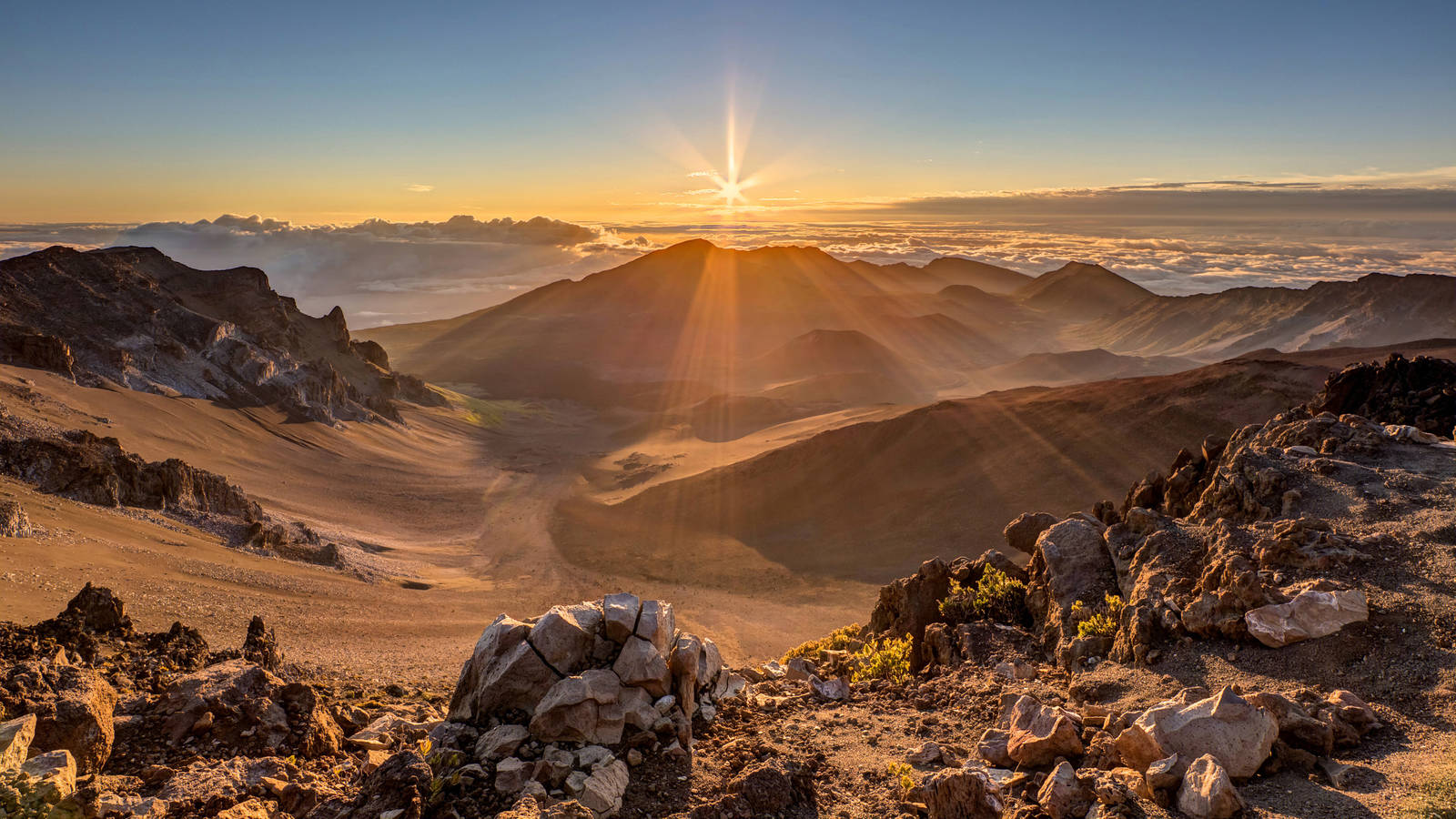
Climate Impact
